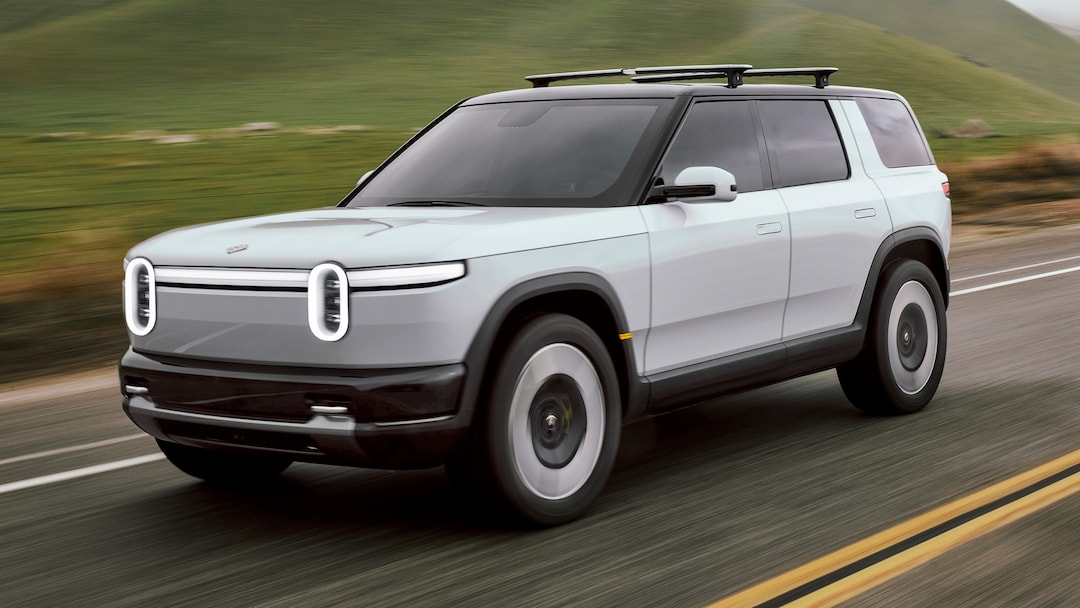Rivian Pauses Georgia Plant Construction to Focus on R2 Production
Rivian surprised and delighted industry pundits with the unexpected reveal of the Rivian R3 and R3X alongside the smaller R2 SUV we anticipated. Although discussions about the R3 have circulated in the past, its unveiling during the R2 event created a buzz regarding the company’s offerings. However, developments surrounding Rivian indicate a pressing cashflow challenge, evidenced by the decision to pause construction at its Georgia production facility.
Impact of Financial Decisions
The R2 was slated for construction in Georgia, but Rivian is facing significant cash burn and continues to lose money on each vehicle sold. Rivian announced an indefinite “pause” in the construction at the Georgia plant, stating, “The timing for resuming construction is expected to be later,” emphasizing a shift in focus towards launching the R2.
Strategic Moves for Future Production
By reallocating resources, Rivian expects to free up $2.25 billion to support the R2 production line at its existing facility in Normal, Illinois. This strategic pivot is intended to expedite the R2 launch, anticipated for early 2026. Rivian aims to achieve an annual production capacity of 215,000 units across its entire lineup, including the R1T, R1S, and R2, along with its delivery vans designed for Amazon and general commercial use.

Future Prospects and Commitments
While Rivian shifts its focus to Normal, the production mix is likely to change. Consequently, production of other models may decrease if the plant runs at full capacity for R2 manufacturing. Rivian is confident that the R2 will be more cost-effective to produce and could yield higher profits compared to its premium R1 series.
Local authorities overseeing the development of the Georgia plant have reported no immediate concerns. According to the Jackson Progress-Argus, Rivian has pledged to meet its investment goals and job creation targets by 2030. Although groundbreaking has not yet taken place, preliminary site work is in progress, with operations projected to commence to produce the R2 by 2026.




